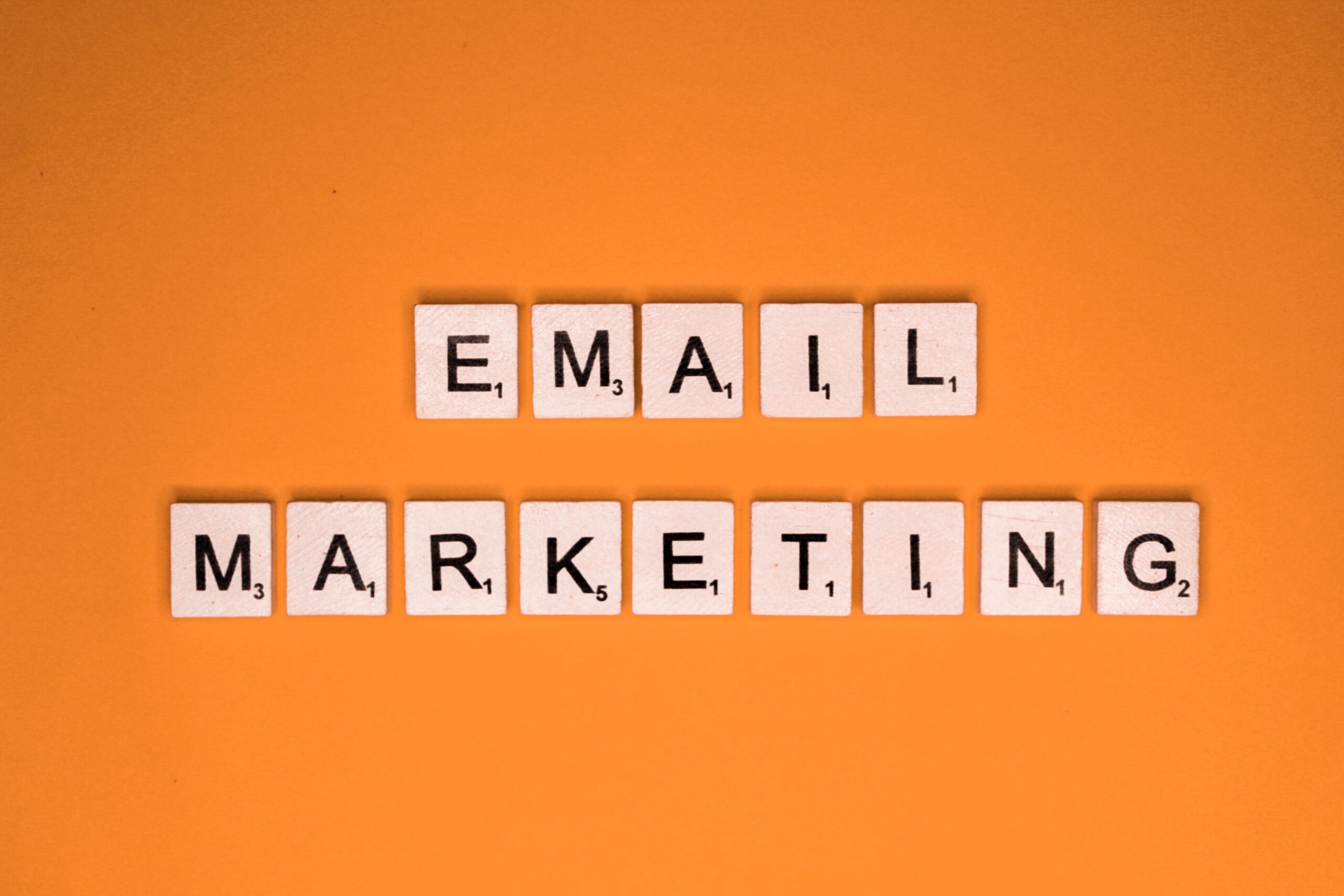For small businesses, digital marketing provides a platform to reach out to potential clients in an intimate, personal way. Among the plethora of digital marketing techniques available, email marketing stands out as one of the most effective. Why? It allows businesses to maintain direct communication with their customers, fostering trust and engagement.
But how does a small business create its first email marketing campaign? If you’re looking for answers, check out the below guide to learn more.
Step 1: Set Clear Objectives
Before embarking on your email marketing journey, determine what you hope to achieve. Are you looking to drive sales, increase website traffic, or perhaps build stronger relationships with your current clientele? Establishing a clear goal will help you measure the success of your campaign.
Step 2: Choose an Email Marketing Platform
Several platforms, such as MailChimp or Constant Contact cater specifically to small businesses. They offer intuitive tools to help you design, send, and monitor your campaigns.
Step 3: Build Your Email List
Never purchase email lists; they’re often outdated and can tarnish your brand’s reputation. Instead, focus on organic methods:
- Use sign-up forms on your website.
- Promote sign-ups through your social media channels.
- Offer exclusive deals or content for subscribers.
Step 4: Segment Your Audience
Not every email you send will be relevant to every subscriber. Segmenting your list allows you to tailor your messages based on demographics, purchase history, or how they found your business. This results in higher engagement and conversion rates.
Step 5: Design a Mobile-Friendly Template
Over half of emails are opened on mobile devices. Ensure your emails look just as great on a phone as they do on a computer. Most email marketing platforms offer mobile-responsive templates to make this easy.
Step 6: Craft Your Message
When writing your email:
- Keep it concise.
- Use compelling visuals.
- Have a clear call to action (CTA).
- Personalize when possible.
Remember, it’s not about selling; it’s about providing value to your subscribers.
Step 7: Test and Optimize
Before hitting ‘send’, test your email. Send it to yourself or a colleague to ensure everything looks perfect. Also, make use of A/B testing – this involves sending two slightly different versions of an email to see which performs better.
Step 8: Monitor Your Results
After your campaign has been sent, closely monitor your results. Pay attention to:
- Open rates.
- Click-through rates.
- Conversion rates.
- Unsubscribe rates.
These metrics provide insights into what’s working and what needs tweaking.
Step 9: Refine and Repeat
Use the feedback from your metrics to refine your next campaign. Email marketing is a continuous process of learning and optimizing. With each campaign, you’ll gain better insights into your audience’s preferences.
The Bottom Line
Email marketing is a powerful tool for small businesses. By maintaining regular, value-driven communication with your clients and potential customers, you foster trust and encourage engagement. And remember, it’s not about the number of subscribers you have, but the quality of the relationships you maintain with them.
Ready to start your email marketing journey? At Sonus Digital, we’re here to help. Get in touch with us today for expert guidance tailored to your business’s unique needs.

